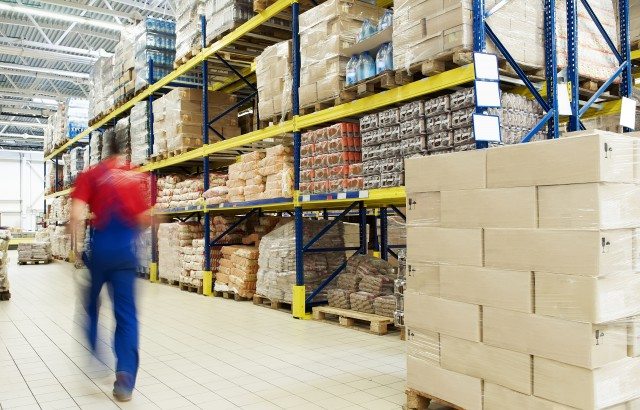The global gas sensors market was estimated at US$1,700.5 million in 2012, and is expected to grow at a compound annual growth rate of 5.1% from 2014 to 2020, according to Grand View Research.
Notable industry trends include the use of wireless gas sensors, which help in detecting toxic or flammable gases at safe distances.
In addition to being used in hazardous environments, wireless gas sensors can also be installed at lower costs as compared to their conventional counterparts.
The proliferation of handheld devices has led to developments in the field of smart gas sensors, which has considerably widened their application scope.
The need for ensuring safety in workplaces is expected to be the key driving force for the market over the next six years.
Regulations in developed markets of North America and Europe mandate the use of these sensors in potentially hazardous environments.
Process and manufacturing industries use toxic and combustible gases including hydrogen sulfide and nitrogen dioxide.
The continual monitoring the concentration of these gases using sensors supports in averting any possible mishaps.
Product insights
Product segments analyzed and reported in the study include oxygen, carbon monoxide, carbon dioxide, NOx and other sensors, which primarily comprise methane, ammonia, hydrogen, and hydrocarbon sensors.
Carbon dioxide sensors witness high demand from the bulk food storage sector.
They work using infra-red gas sensing and chemical gas sensing technologies, and are essential in industrial process besides helping detect developing spoilage.
Carbon monoxide sensors also work using infrared technology and are used in applications such as industrial, food storage and packaging.
End-use industries that employ gas sensors include medical, building automation and domestic appliances, environmental, petrochemical, automotive, industrial, and others. Other end-use industries mainly include educational institutes as well as R&D labs.
The industrial segment is expected to continue dominating the global industry in the coming years, and monitor manufacturing processes in addition to preventing gas leakages. Government mandates to ensure occupational health and safety of workers is expected to be the primary driving force for this segment.
Gas sensors 101
Gas sensors measure the concentration of gas in their vicinity, and are used across various end-use industries. There have been numerous developments in gas sensing technology, primarily on account of the advent of embedded electronics, and enhanced manufacturing techniques.
Gas sensors prove to be highly effective in measuring gas concentrations in the event of a leak.










